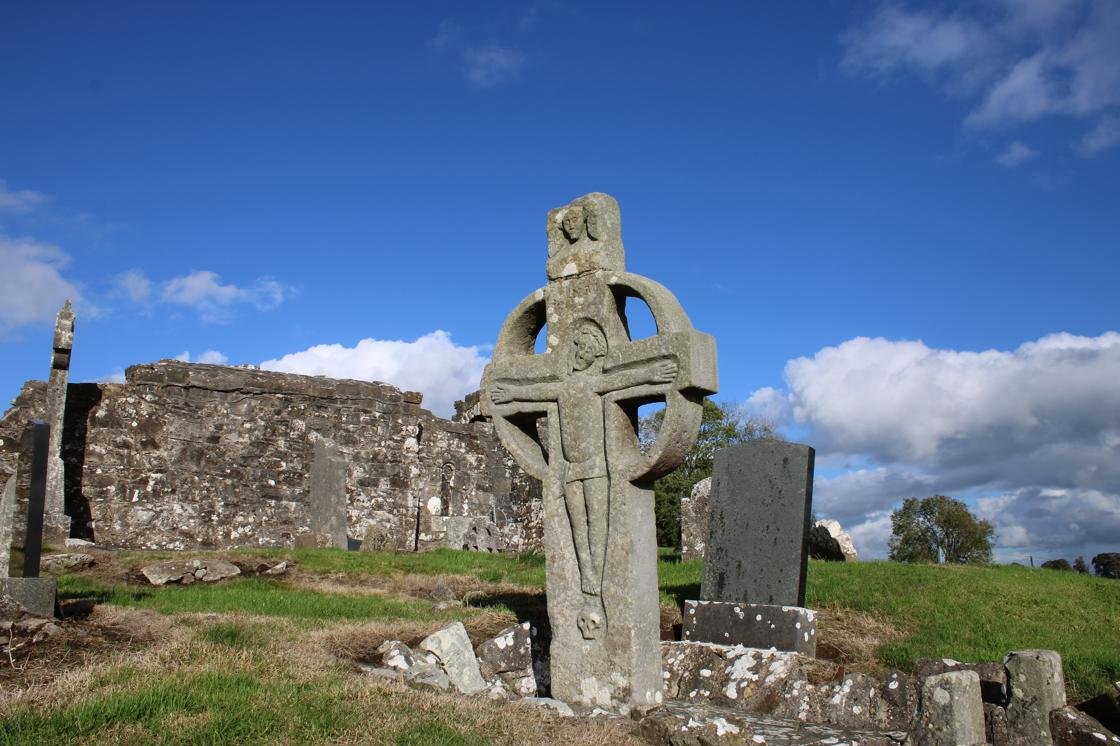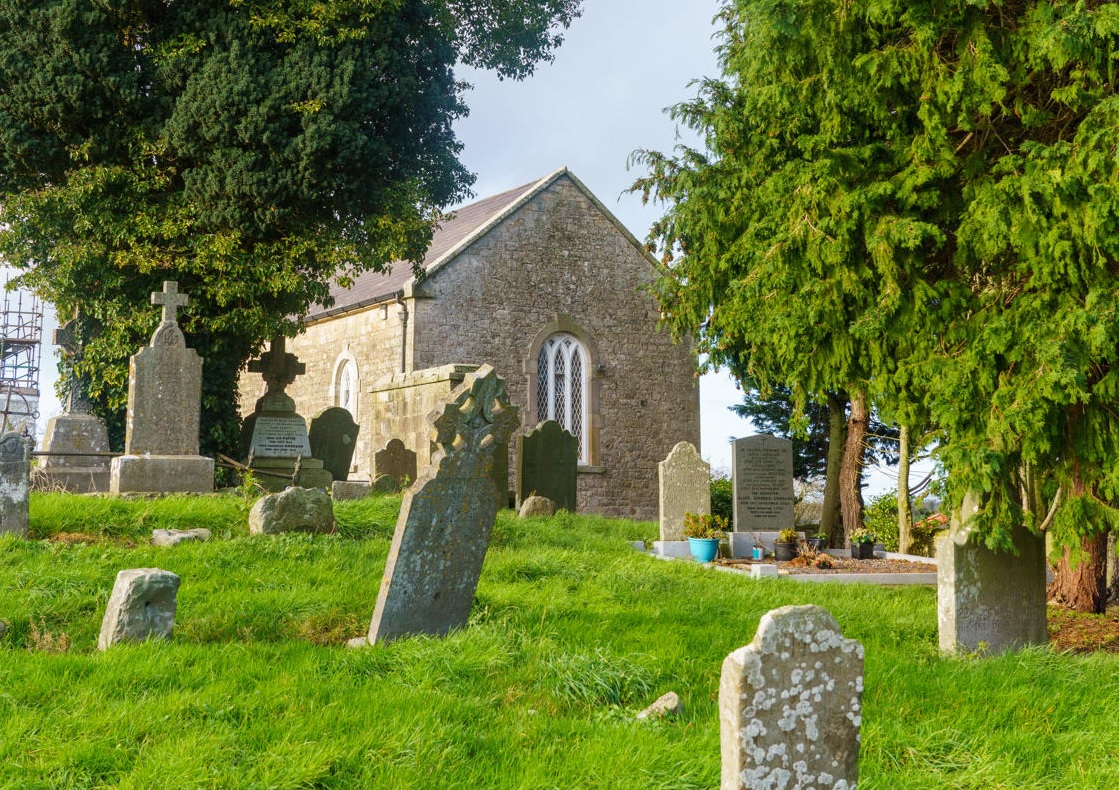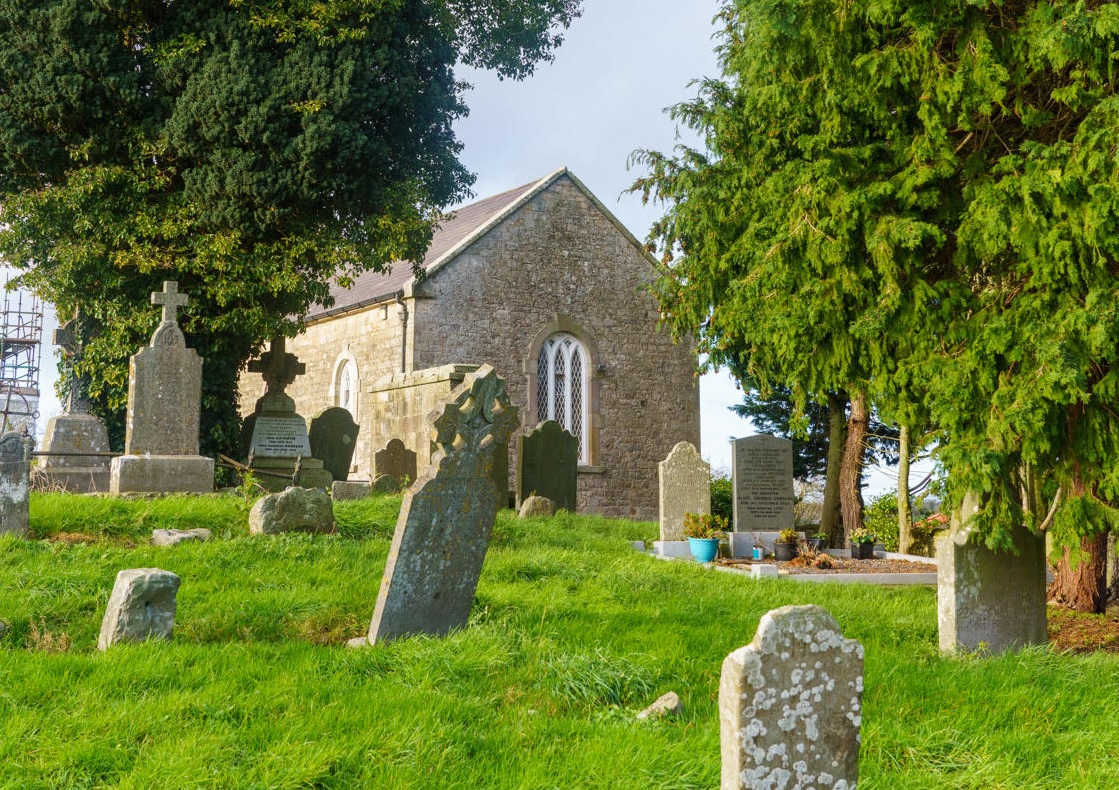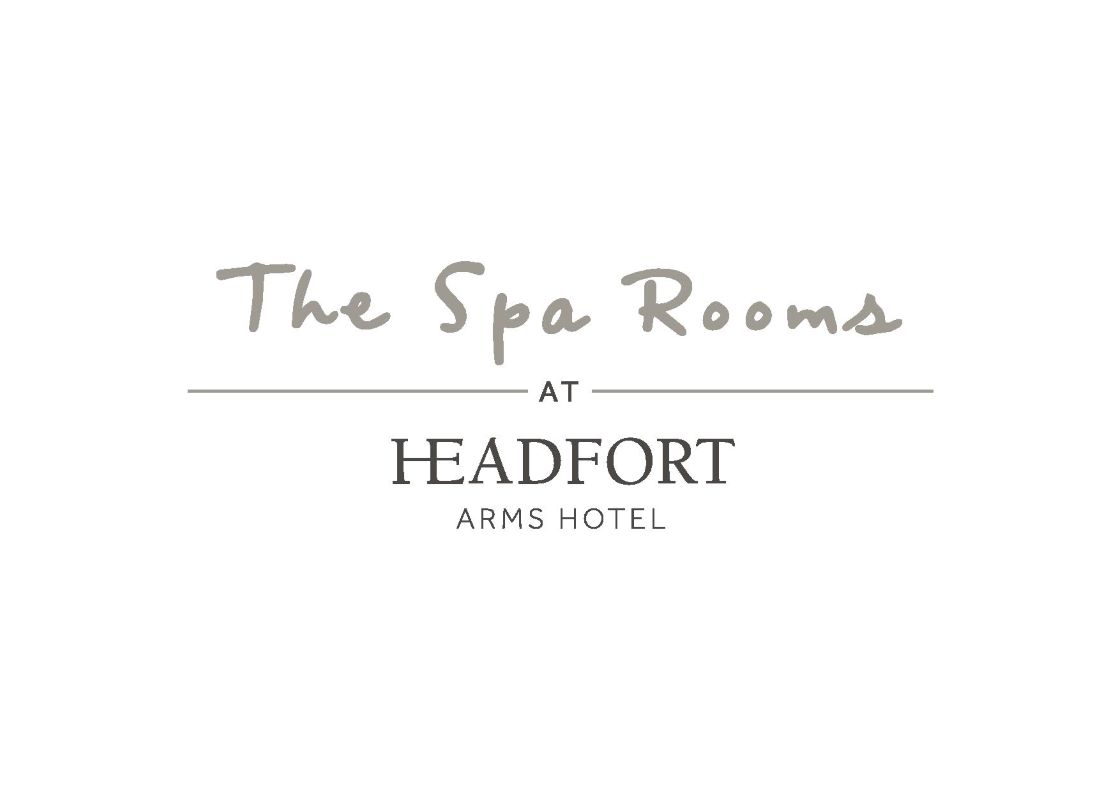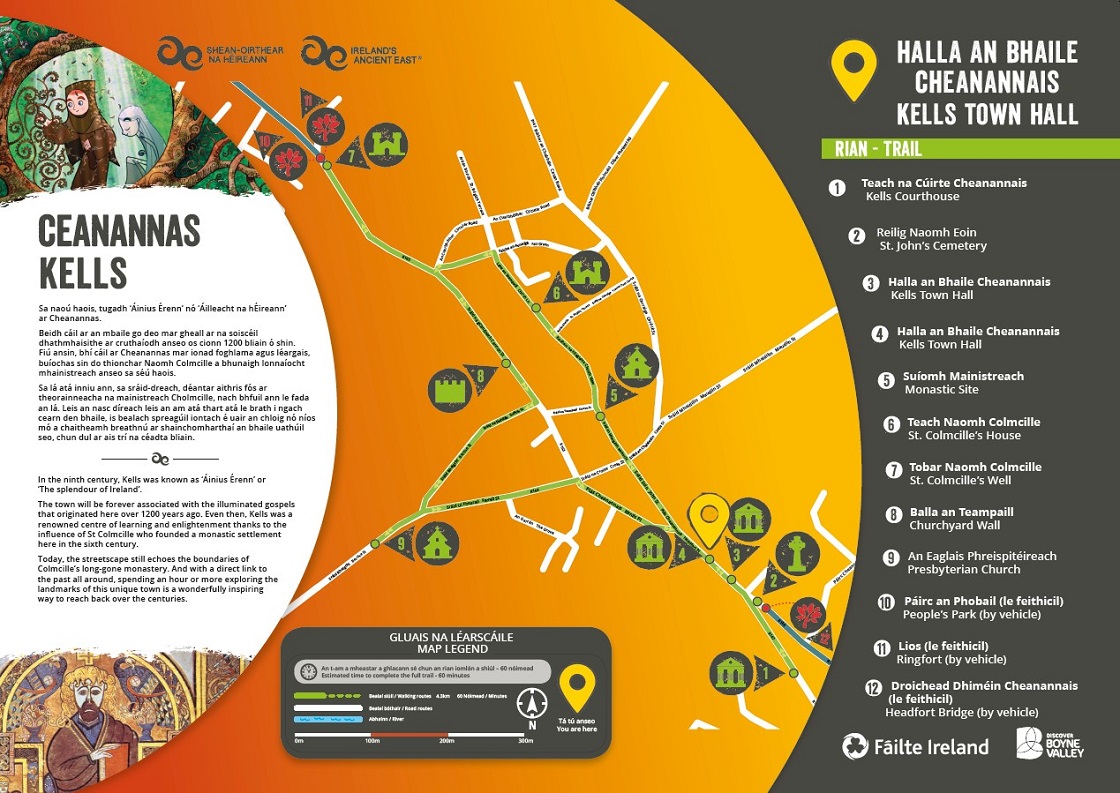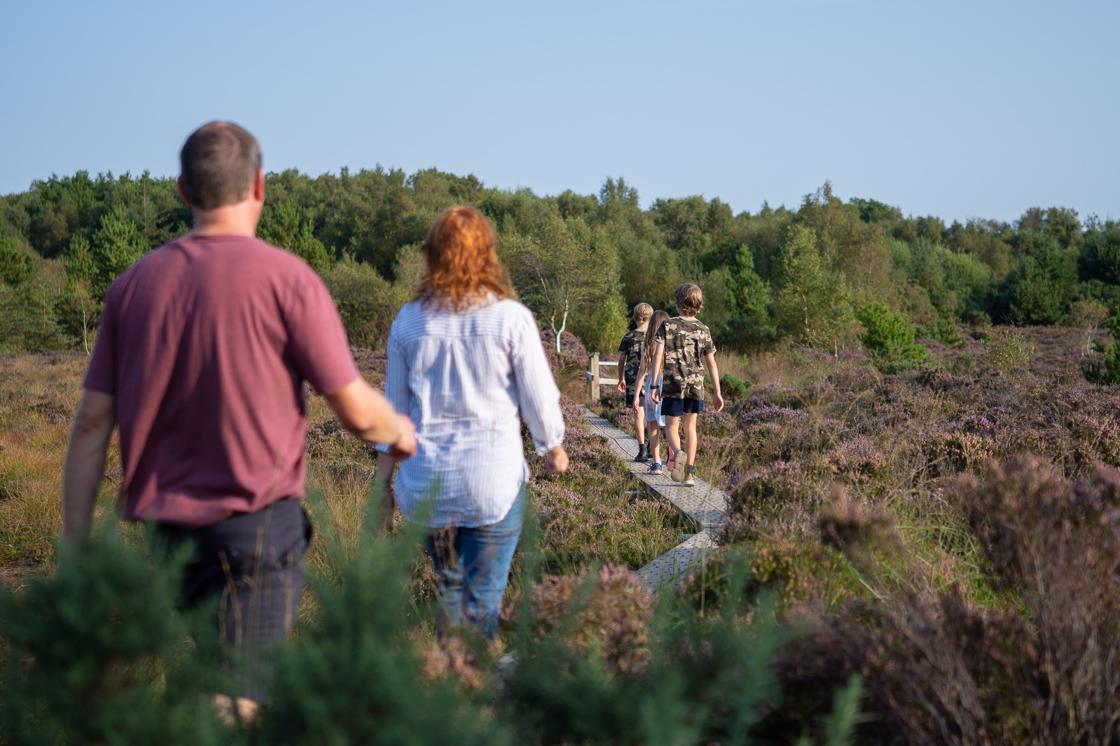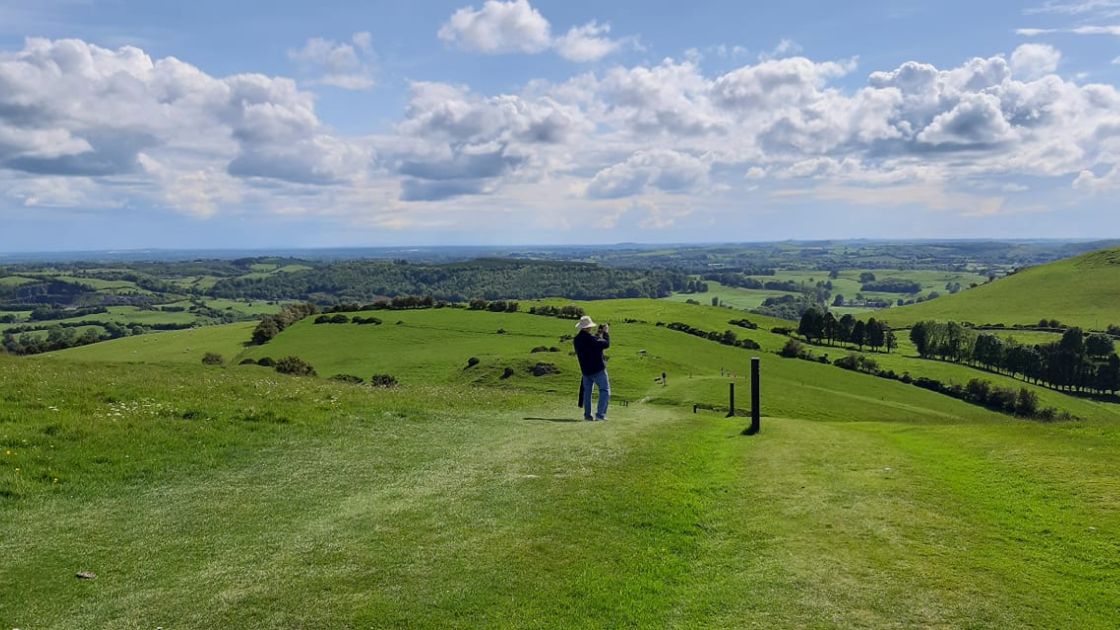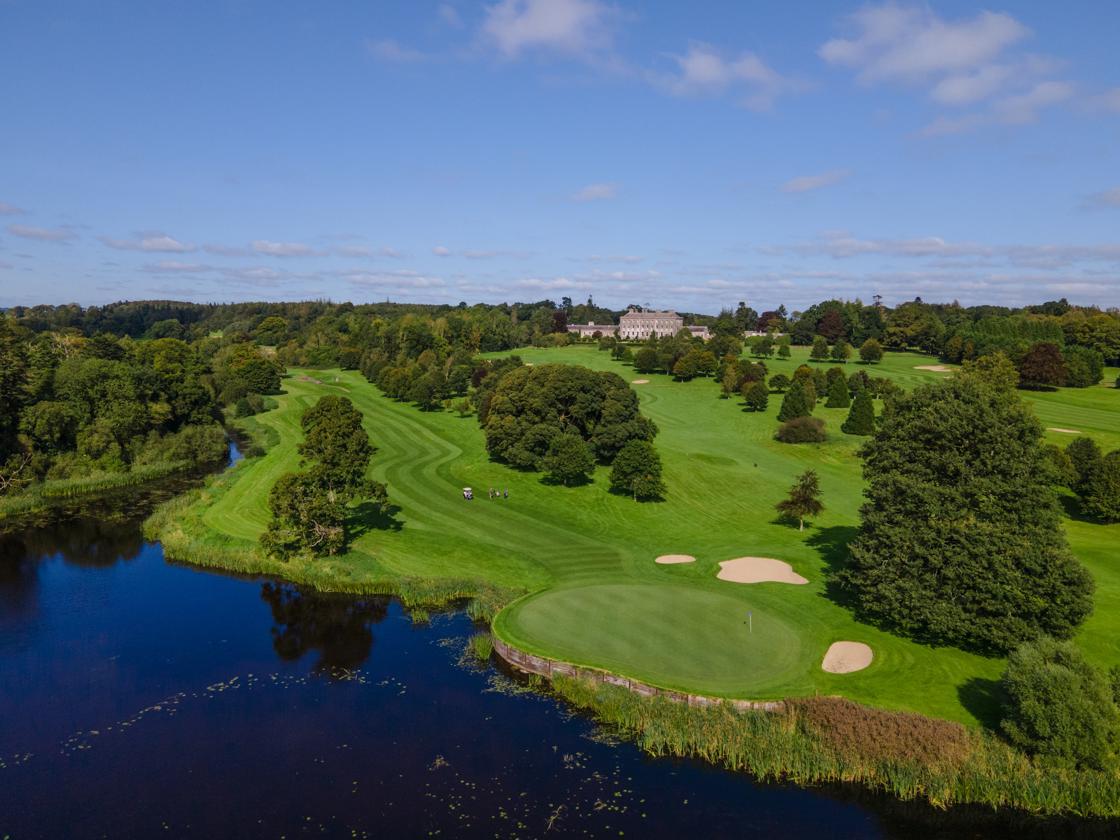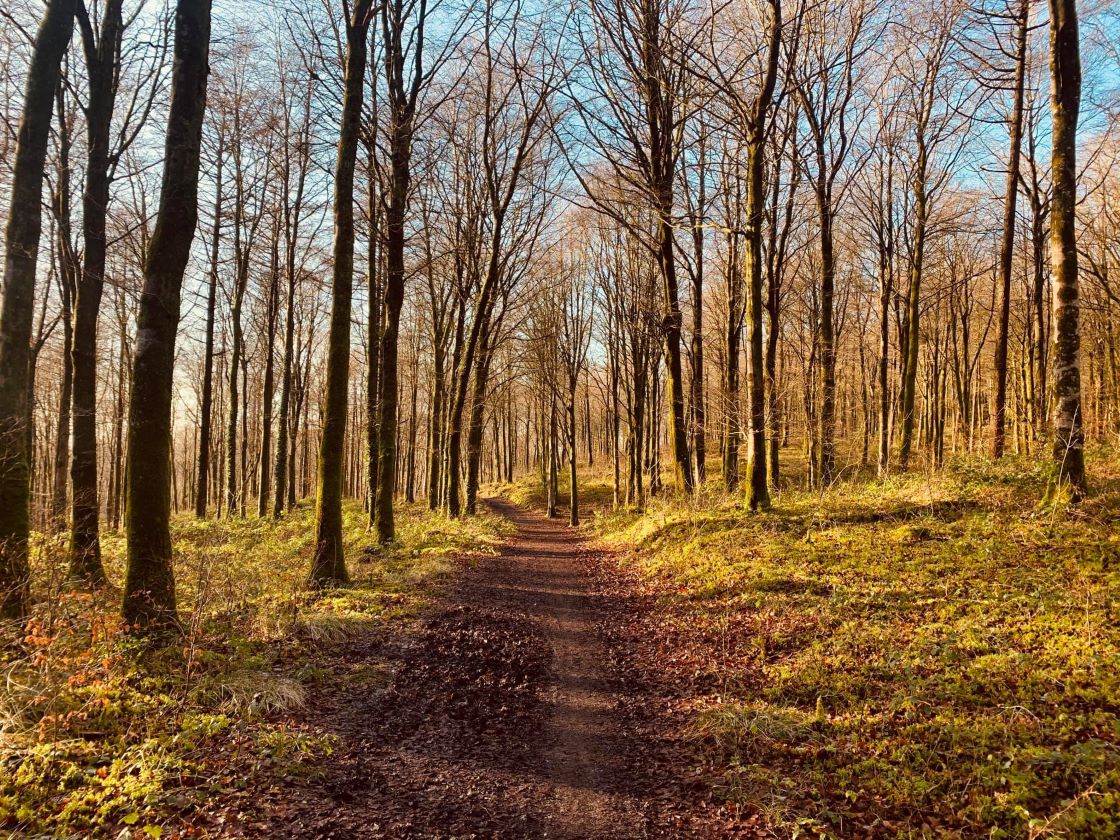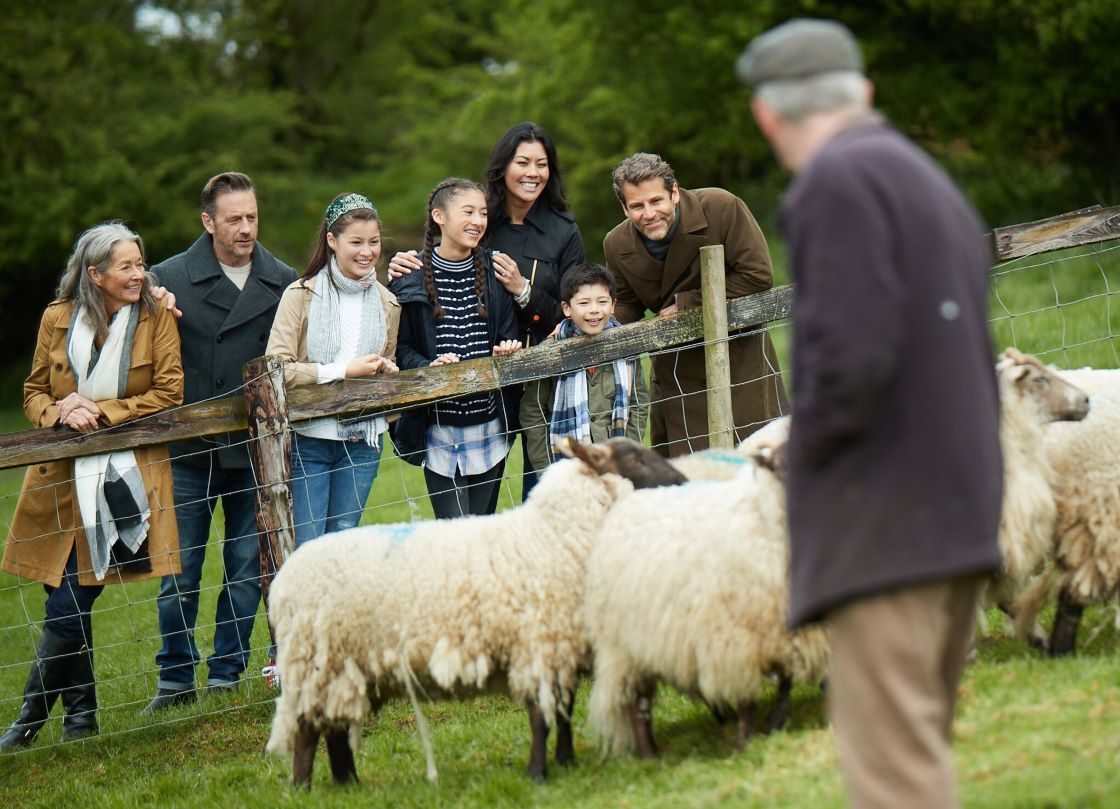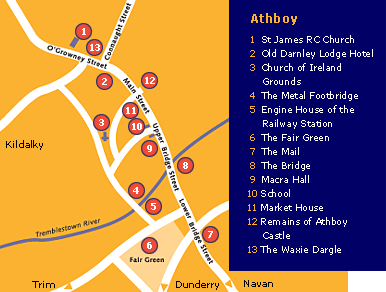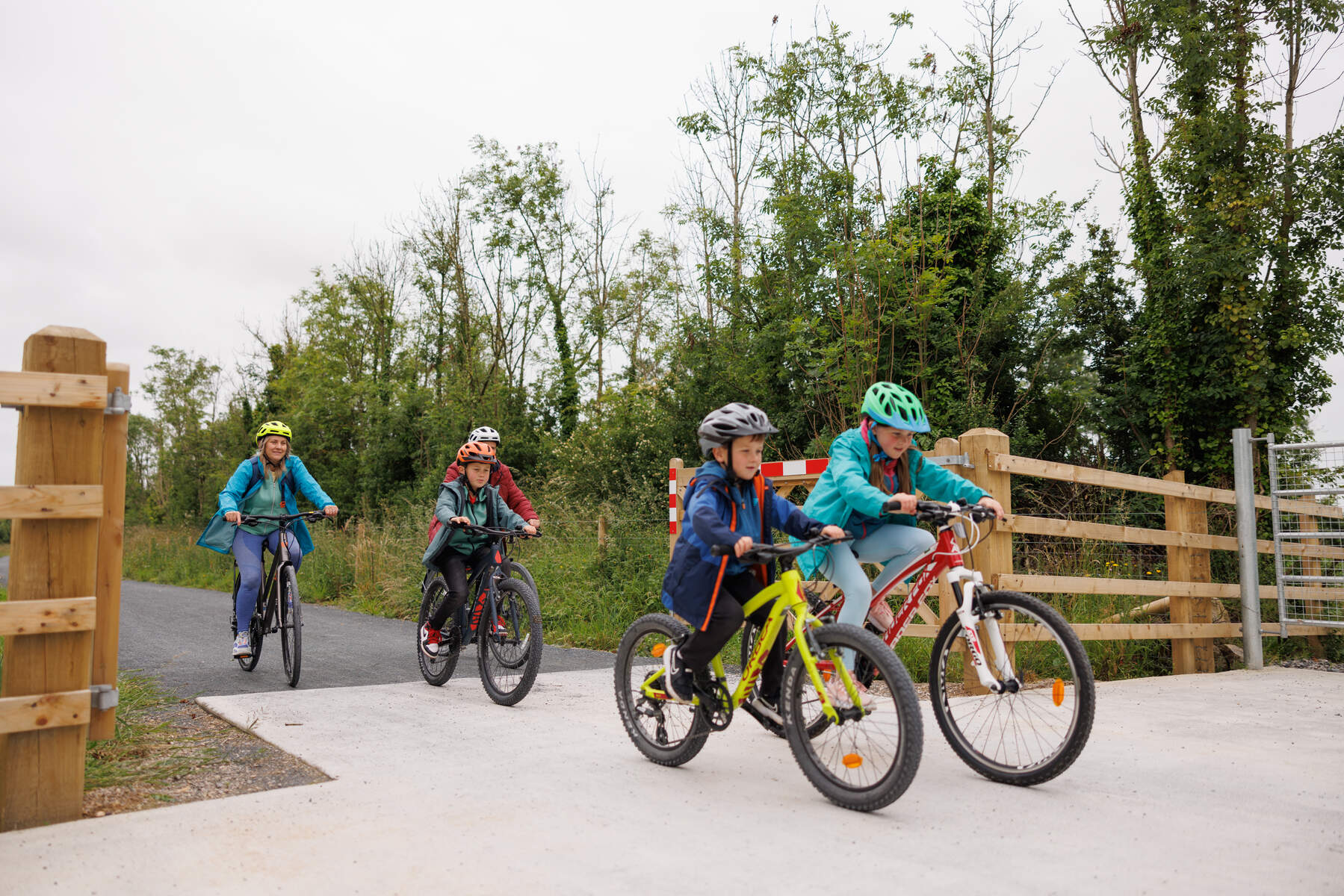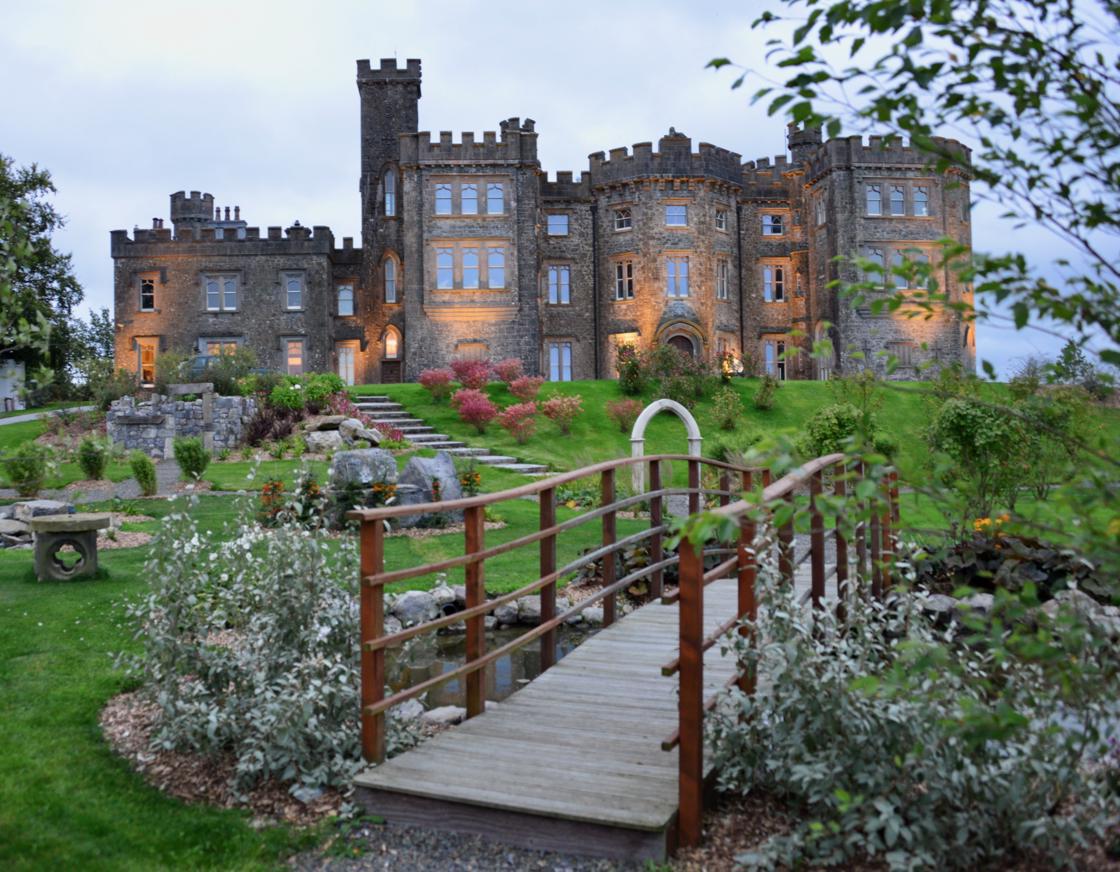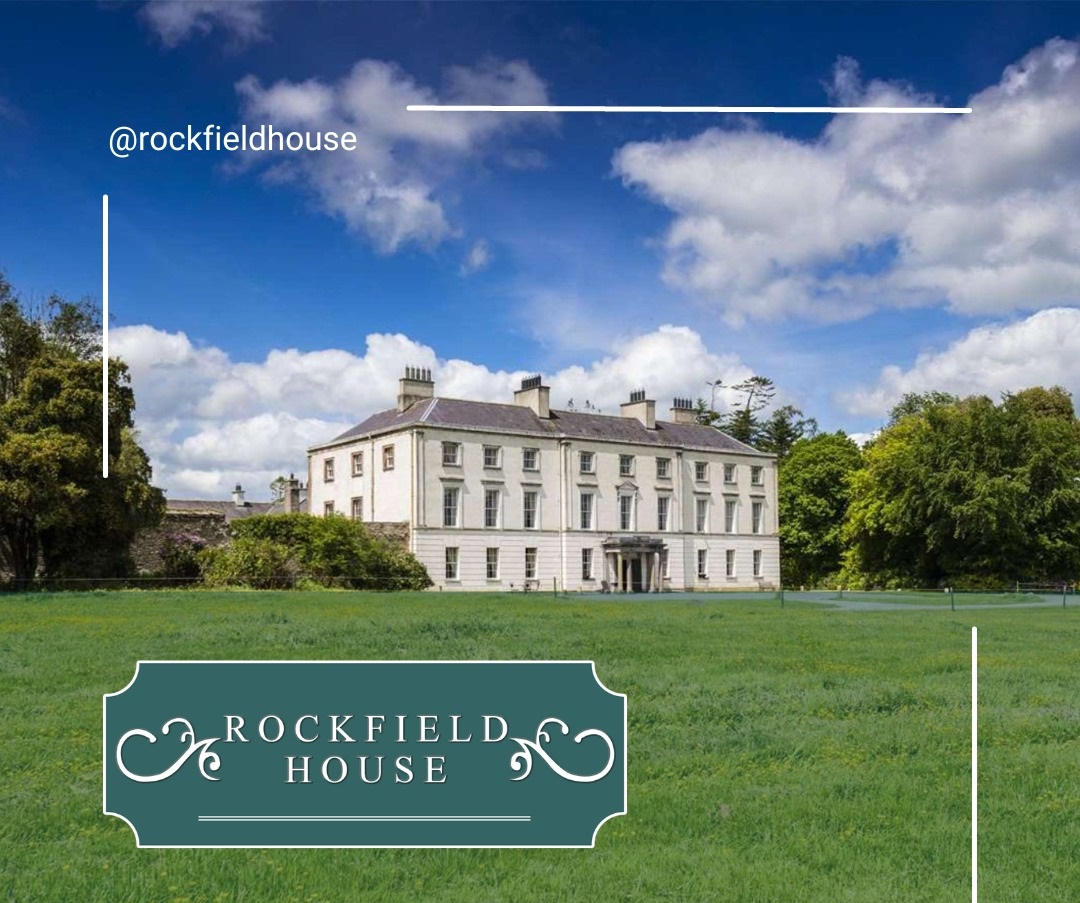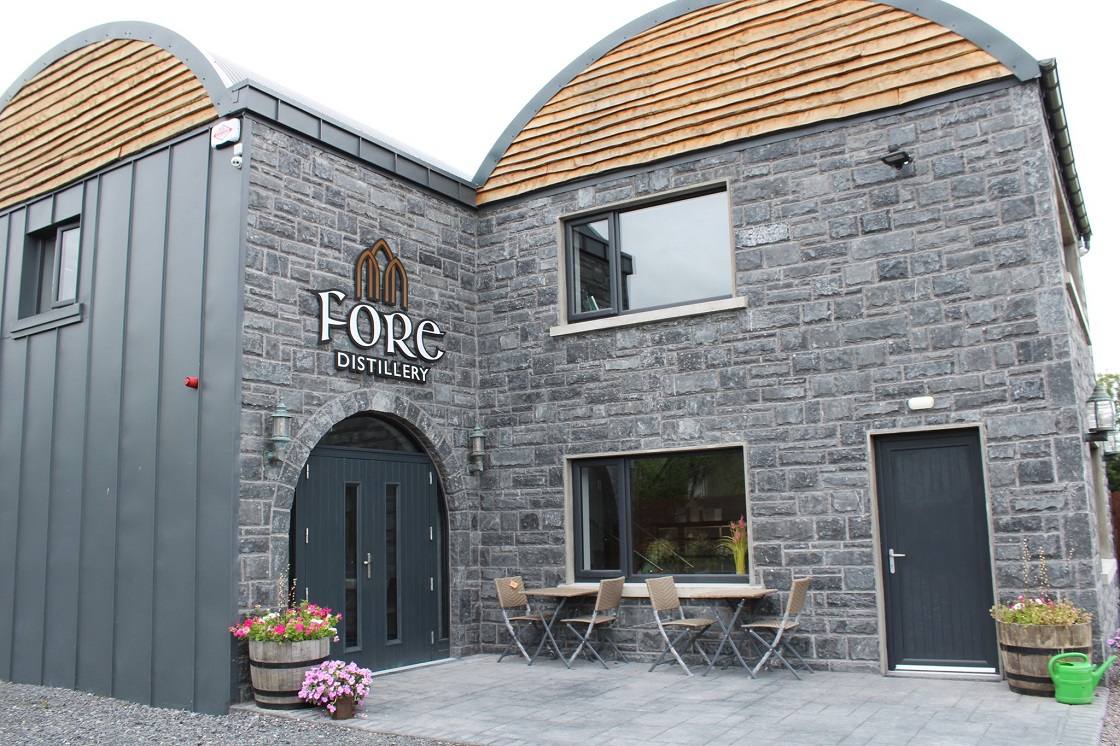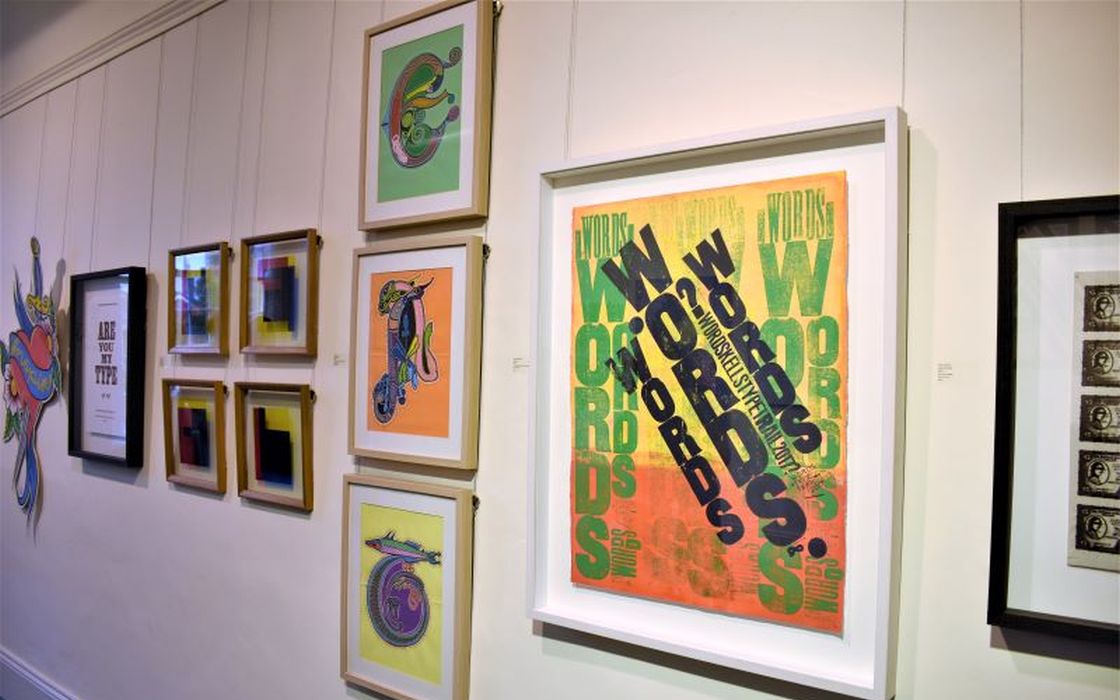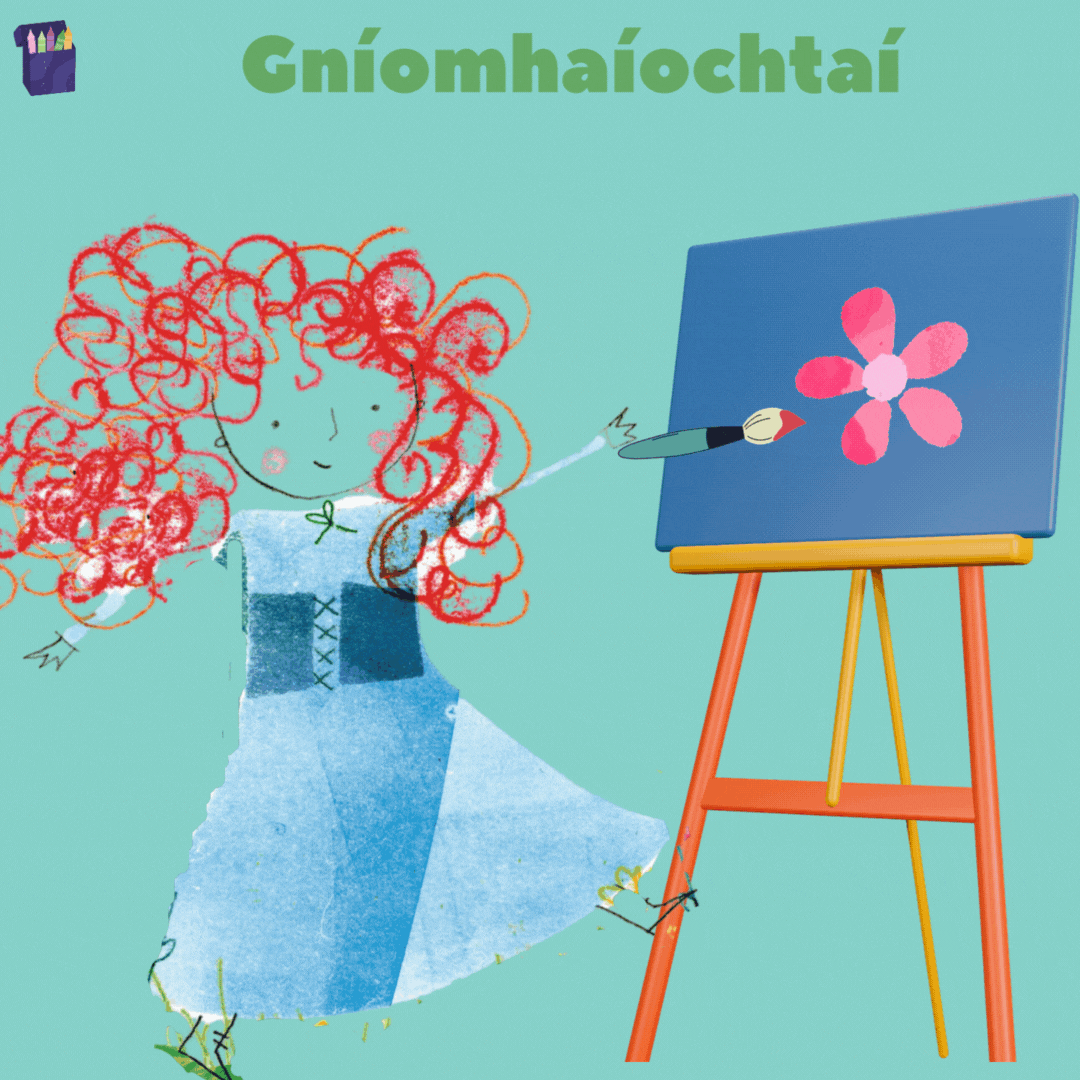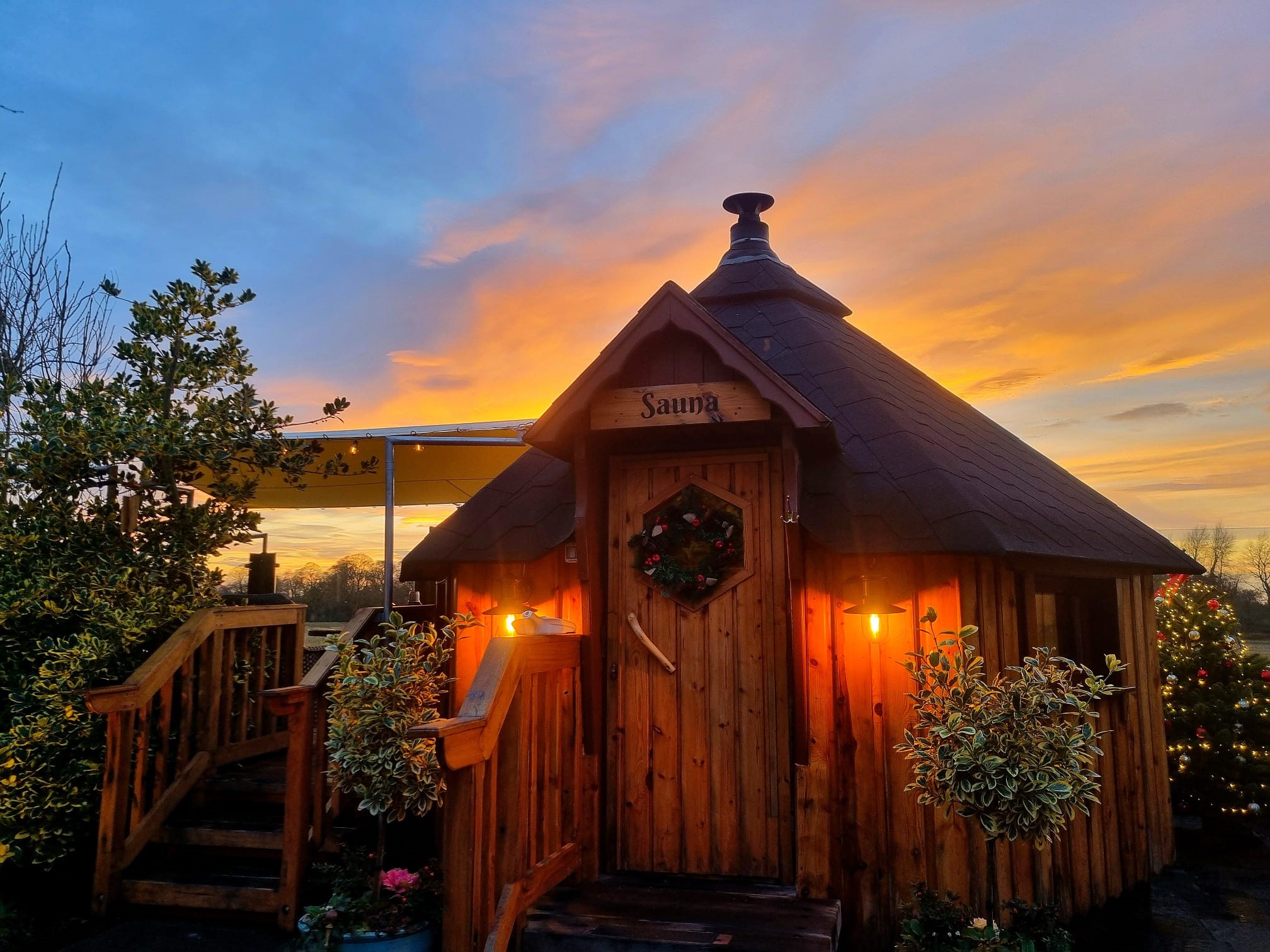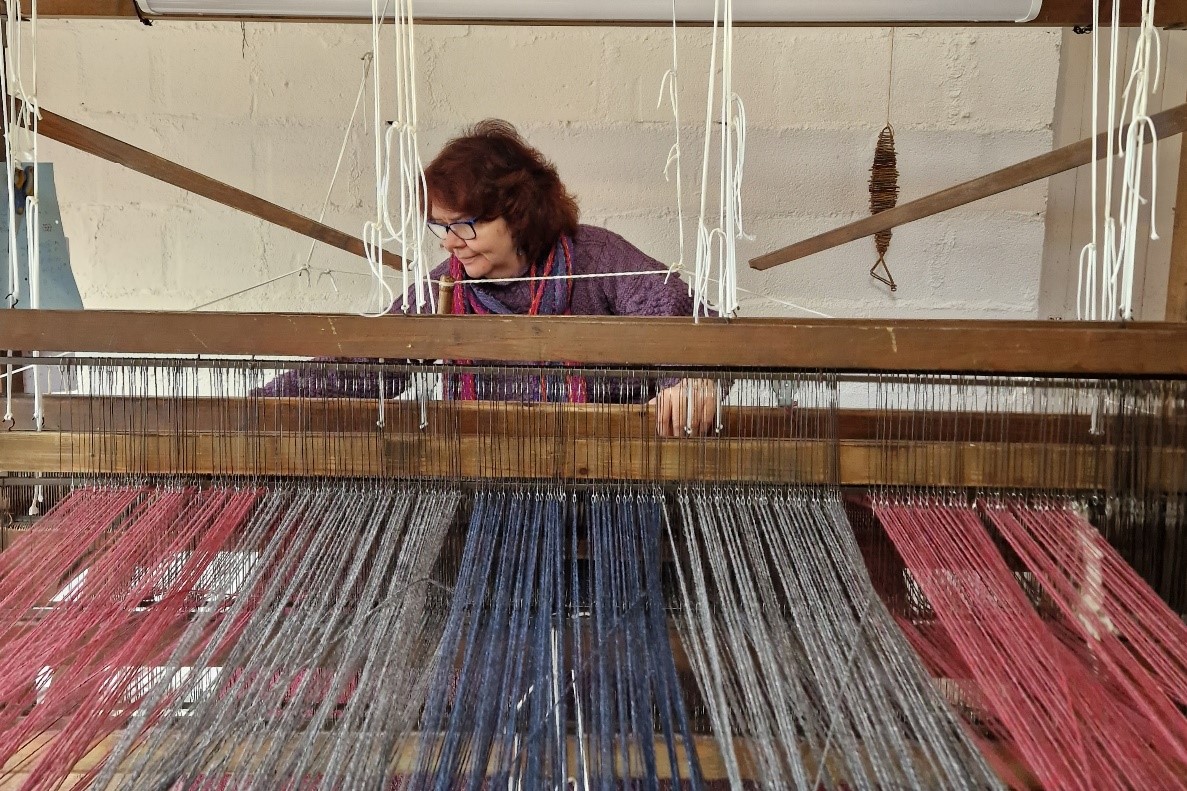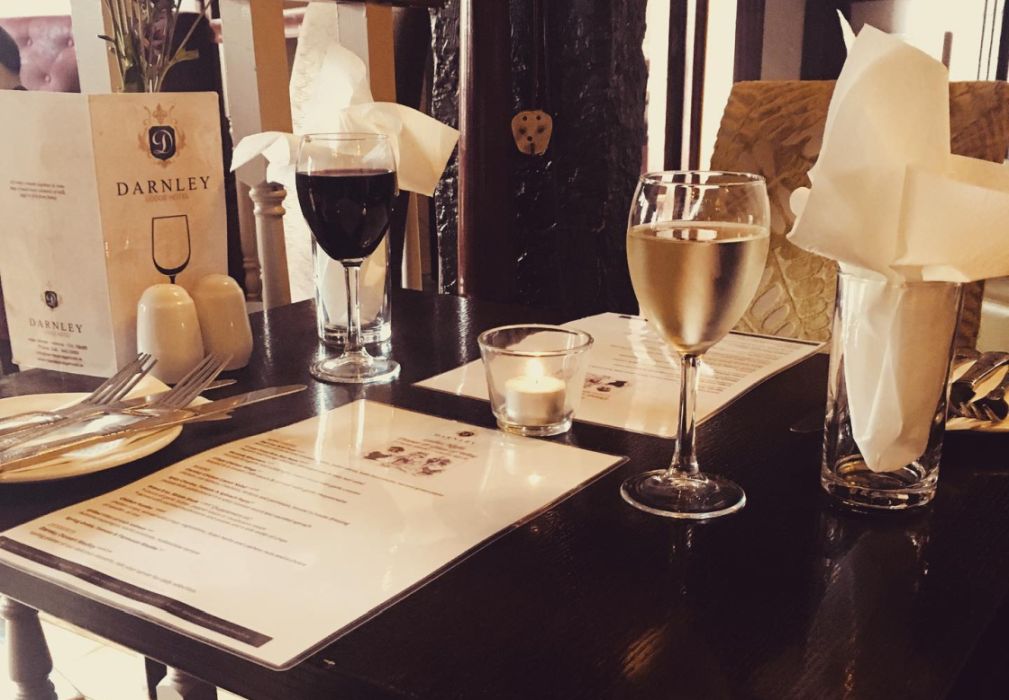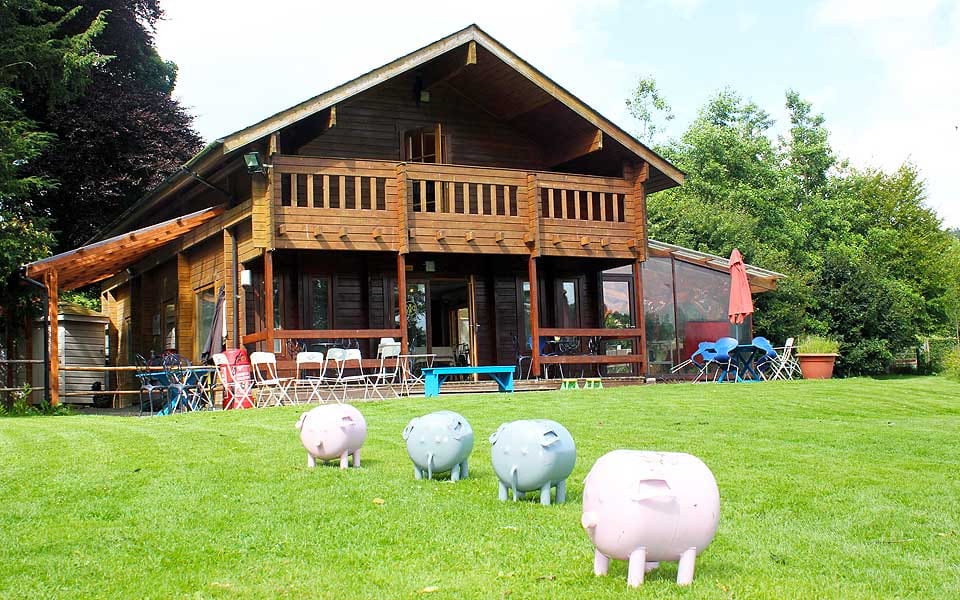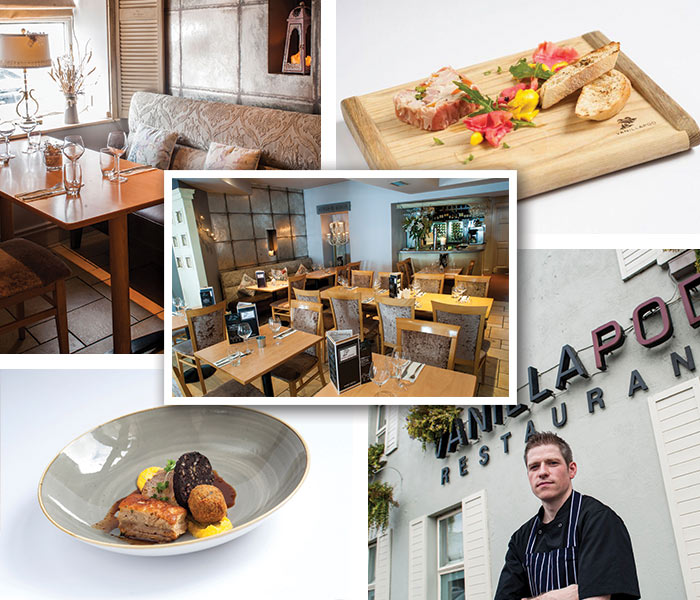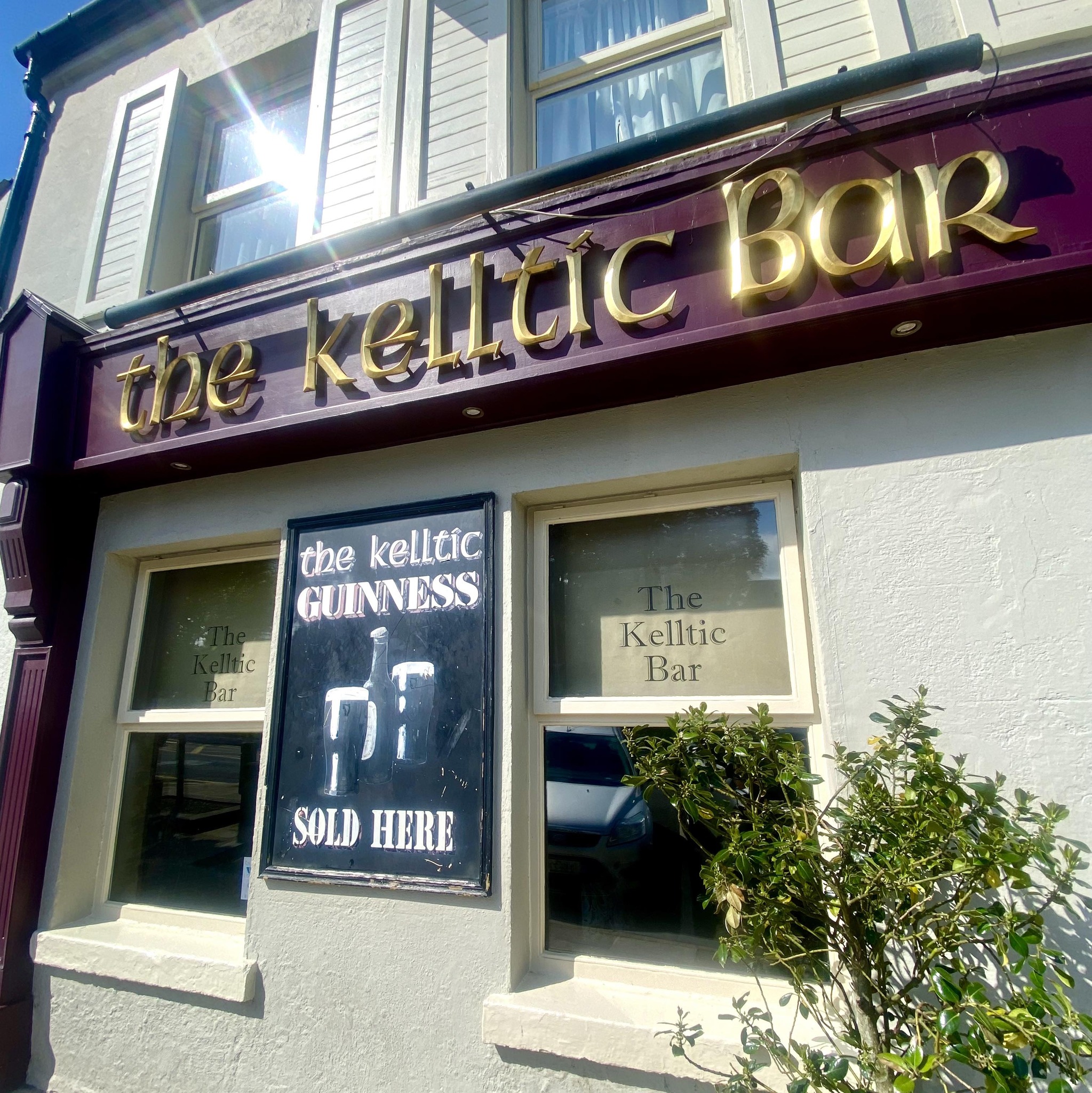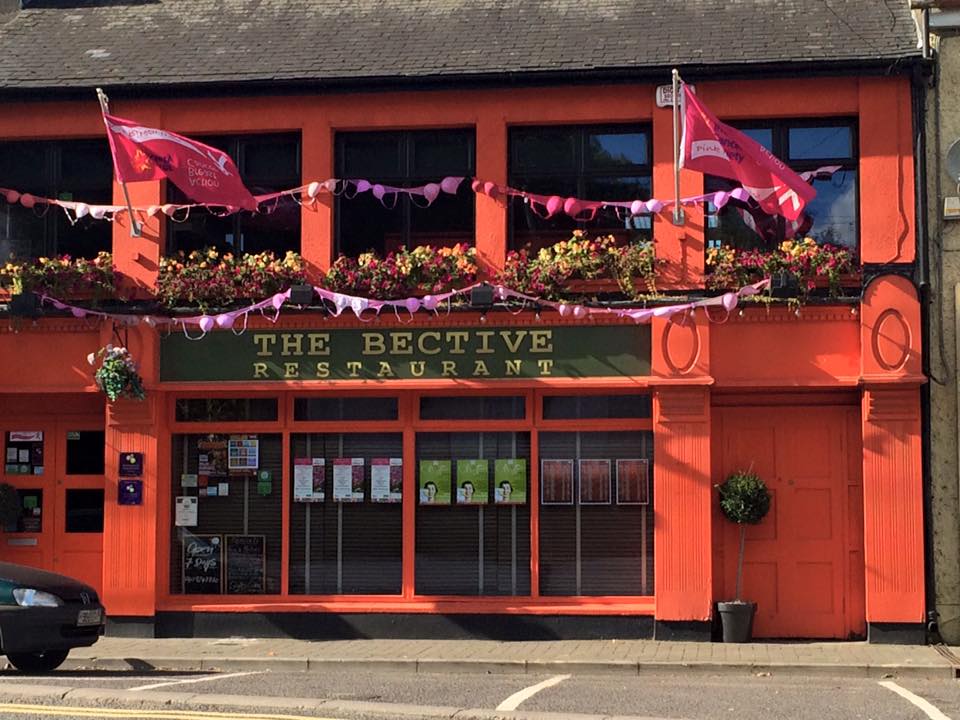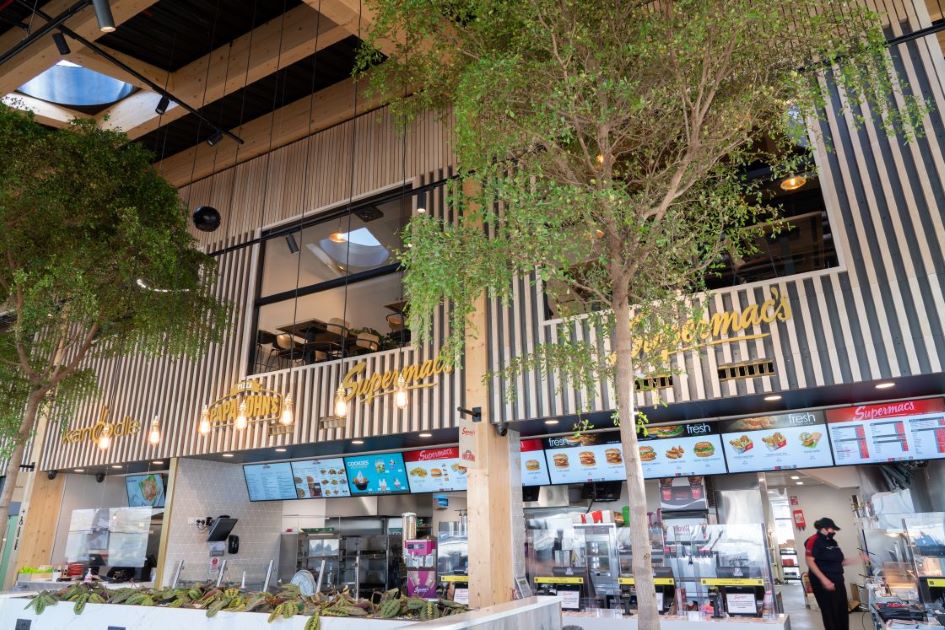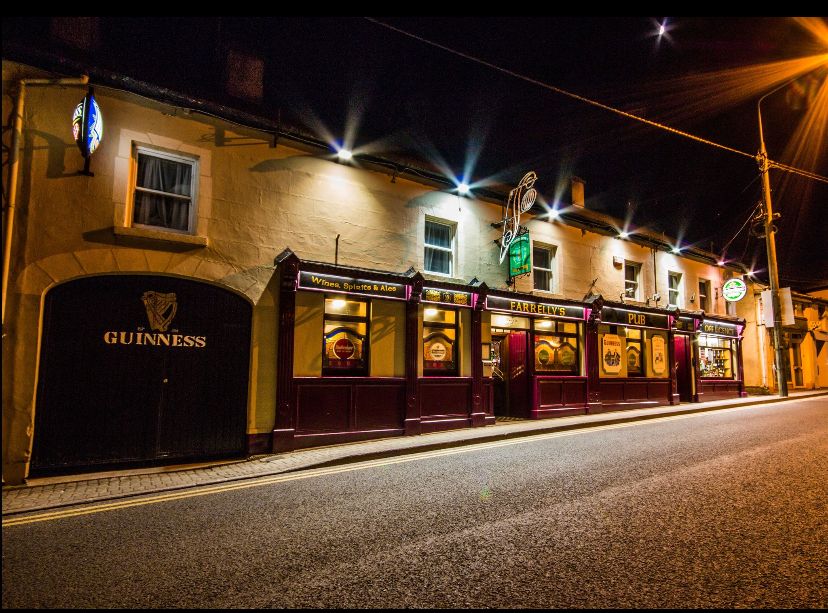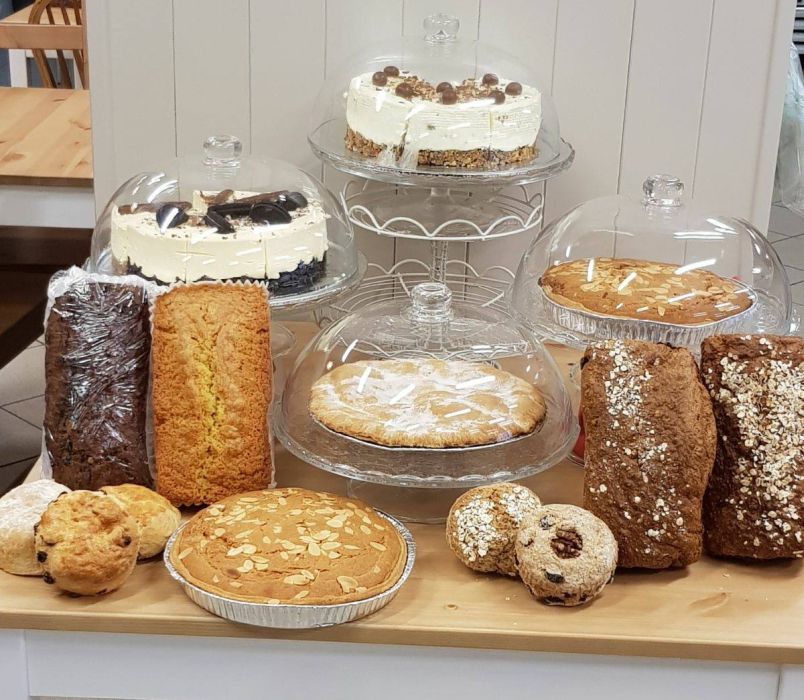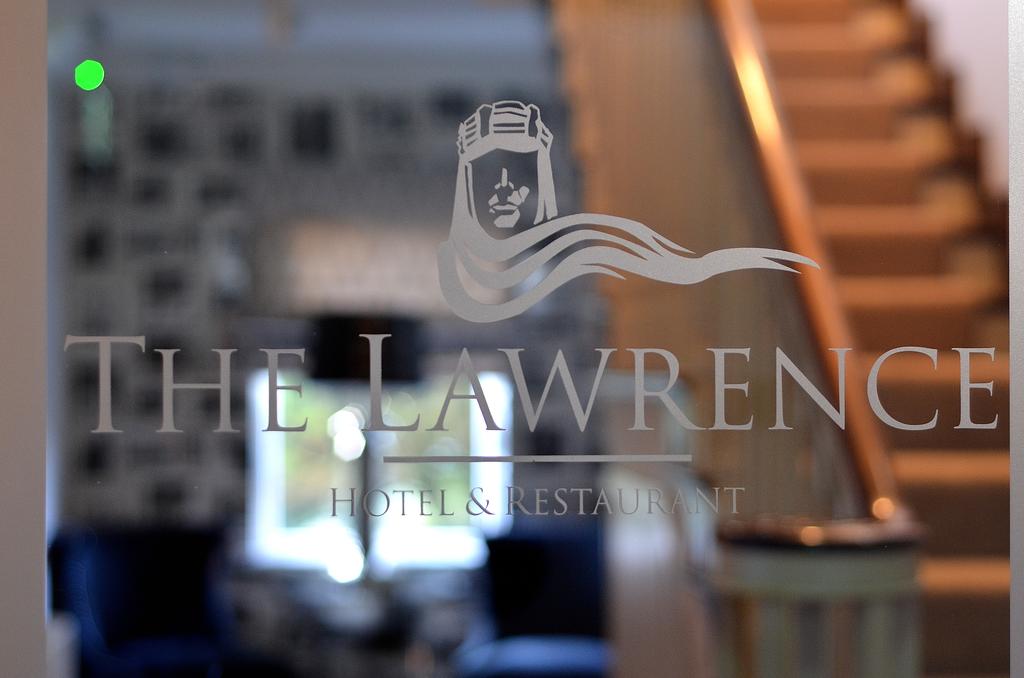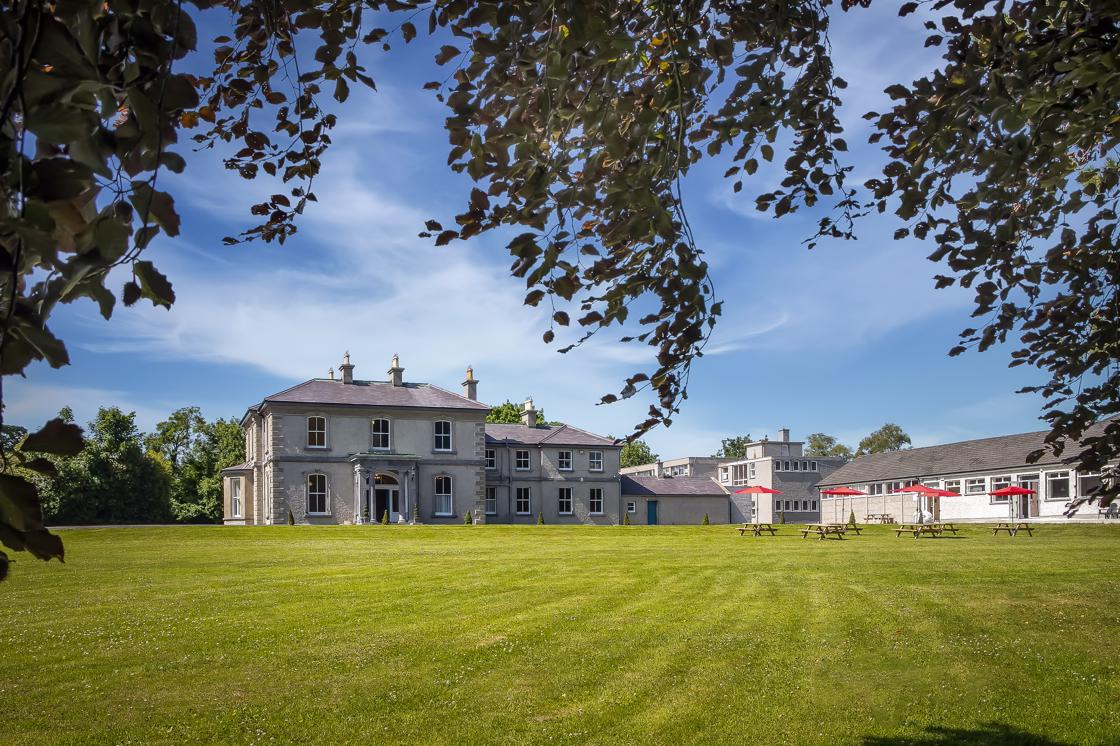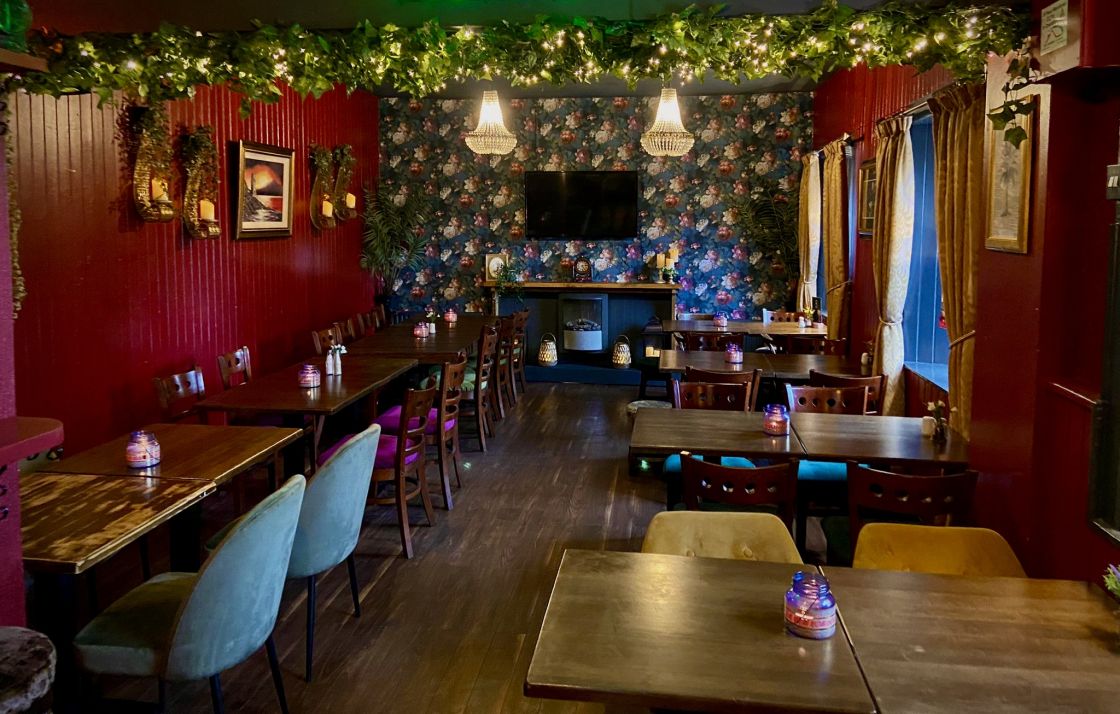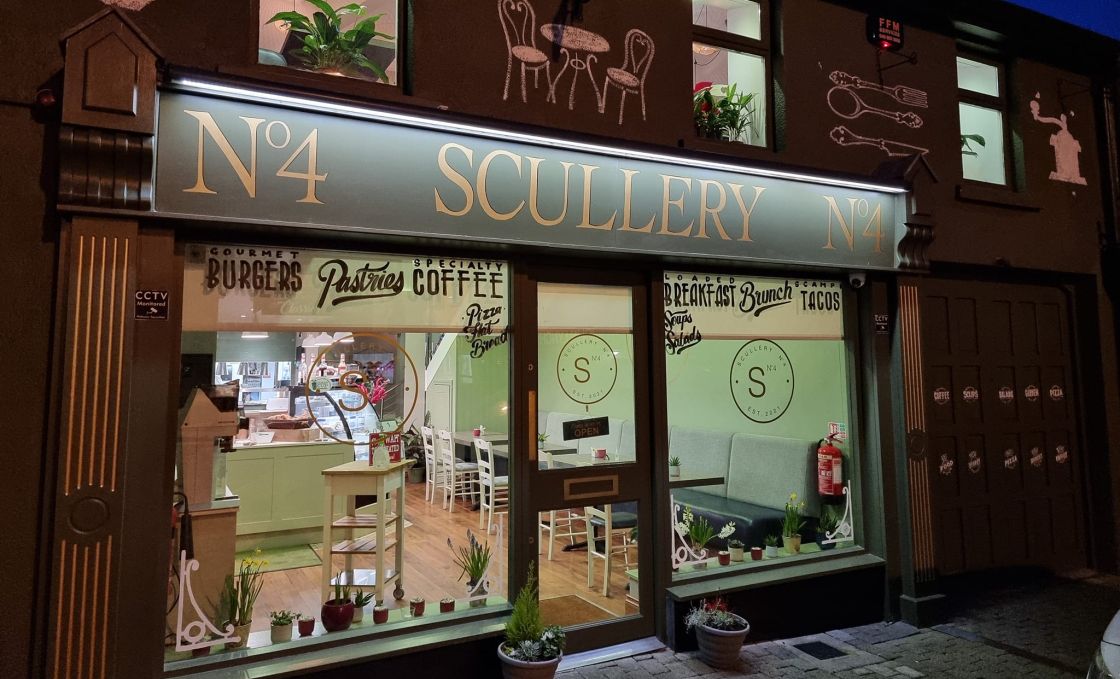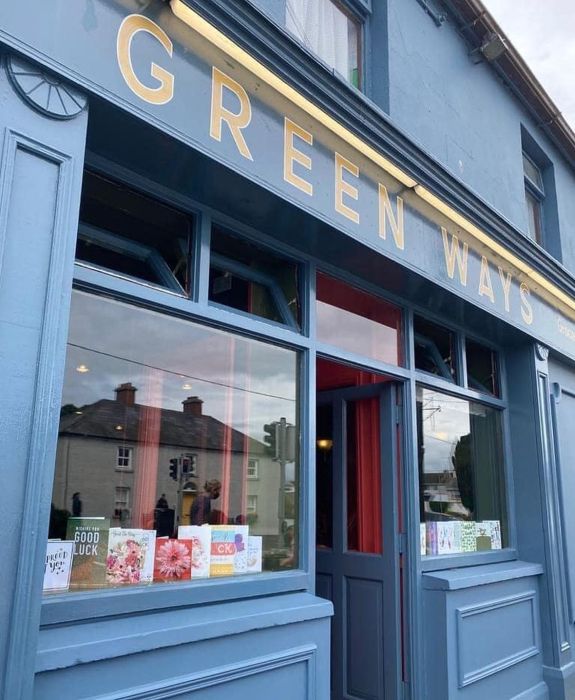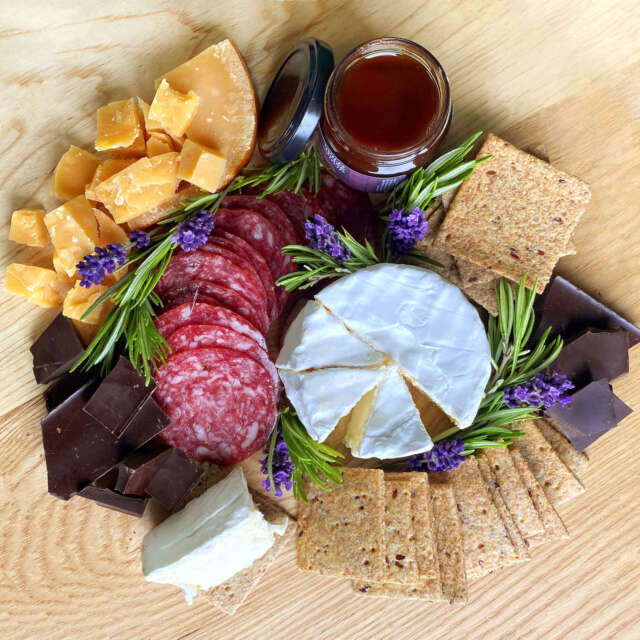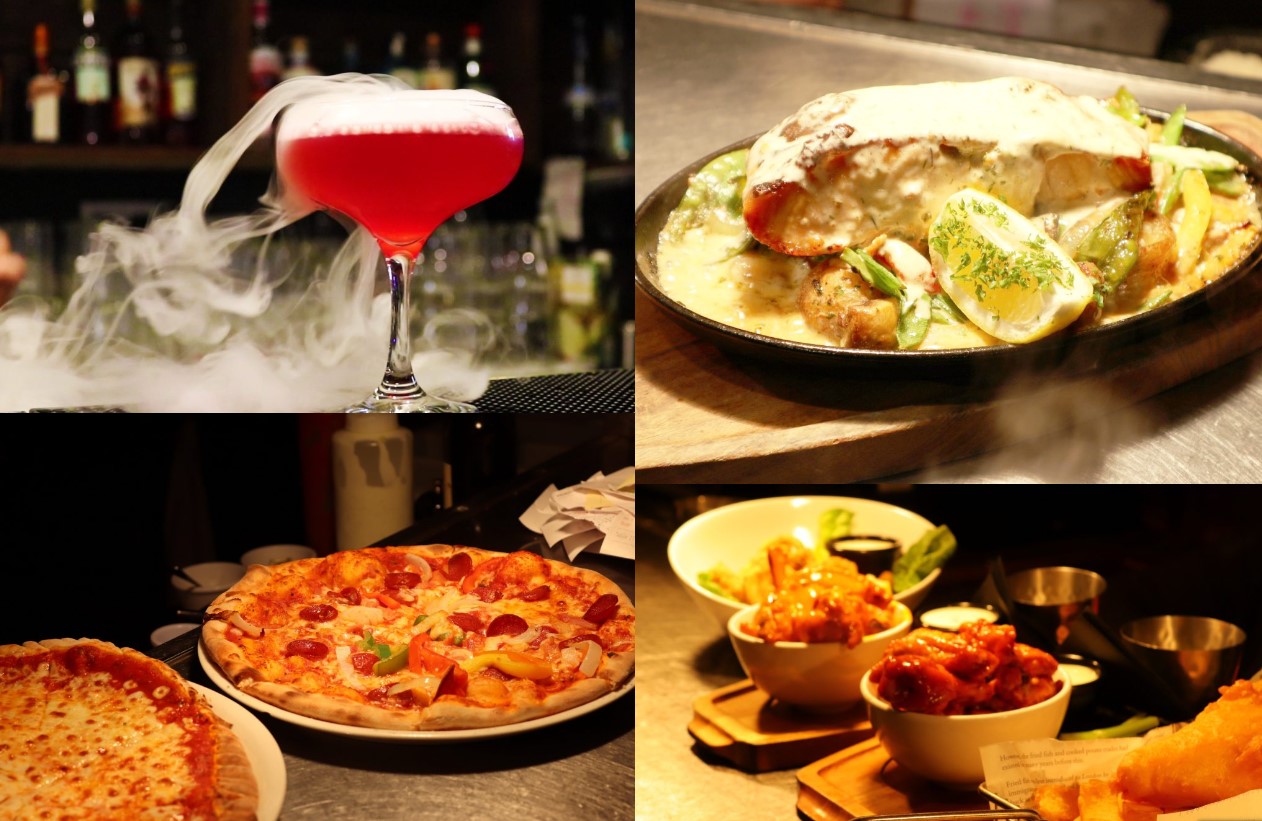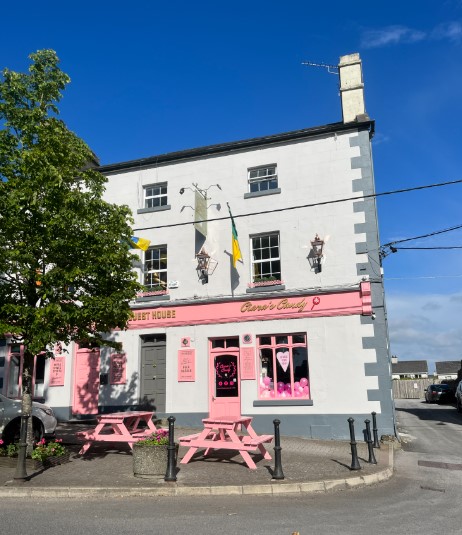(Nobber mediveal church ruin and modern Church of Ireland church, now George Eogan Cultural and Heritage Centre: Photo, Henry Cruise)
Nobber: from the prehsitoric to the present day
The town of Nobber and its surrounds is an ancient settlement that can trace its roots back to Mesolithic Ireland, c.6,000 BC. The name Nobber come from the Irish word “an Obair” ('the work'), which refers to the Norman motte at the north end of the village.
The settlement first started to flourish by the Bronze Age (c.2,000 BC) and by early Christian times ( 6th to 11th century), the settlement was well-established. An important early settlement was also built nearby on artificial islands called crannogs on Moynagh Lough. The remains of these were excavated under the direction of the late John Bradley, and the dig uncovered a wealth of artefacts relating to habitation and metal-working, indicating the high status nature of Moynagh Lough. A number of Earlry Medieval ringforts also can be seen around the area of the village from this period along with several souterrains (man-made caves).
During the early Christian period Nobber became an important monastic settlement; however nothing remains of that early monastery which was located on the grounds of St. John’s Cemetery in the town. There are nine High and Latin crosses from the site that can still be seen today in the cemetery.
In the twelfth century the Normans invaded Ireland and the area came under control of a Norman lord Gilbert de Nangle who built a motte and bailey fort at the north end of the village. The remains of the motte can be seen. The structure of the modern town was built around this fort and its street pattern is the same as it was in Norman times. The tomb and memorial of two prominent Norman families from the area, Cruise and Balfe, can be seen on the grounds of the cemetery.
The village was a key strategic position on the northern edge of the medieval Pale (the area of English control in Ireland). In 1315 Edward de Bruce, brother to King Robert of Scotland, camped at Nobber before his victory over an Anglo-Irish army at the Battle of Kells. Nobber was described as the “Key to County Meath” by King Henry VI in 1435. In St John's Cemetry one may see the medieval tomb slab of Gerald Cruise of Brittas, and his wife Margaret Plunkett. The Cruise slab depicts a knight in full armour, spurs and his sword is beside him.
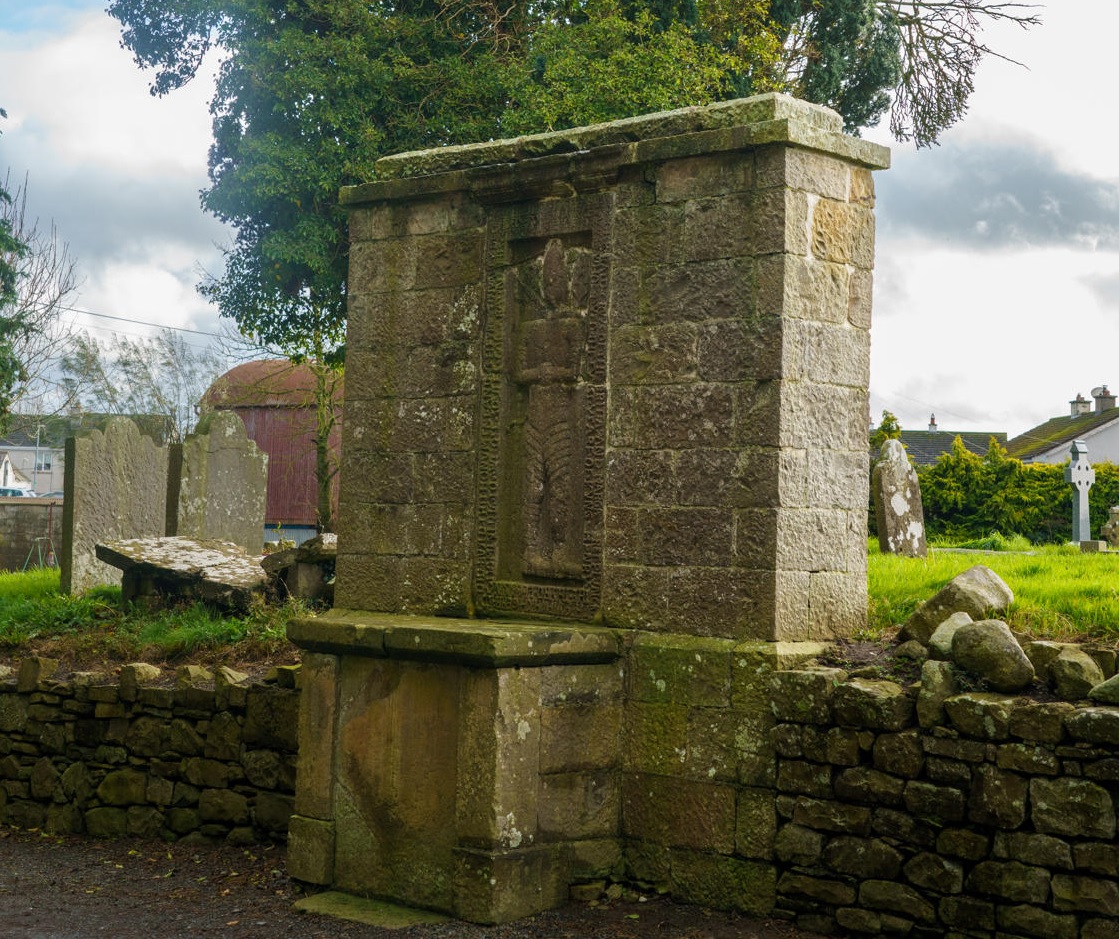
Despite the Reformation and Cromwellian and Williamite confiscations, much of the land in Nobber remained under the control of the Viscounts Gormanston (Preston family), Catholic members of the aristocracy. The Blighs were notable Protestant landowners based in nearby Brittas. The bell tower is all that remains of the medieval church and stands in the cemetery, while the newer Church of Ireland building was built in 1771. A priest's tomb from the 1600s is located in the cemetery, as is Garda Hugh Ward’s grave who was killed in an attack on a Garda station in Tipperary in 1926. Ward was a veteran of the War of Independence and the Civil War.
One of Nobber's most famous residents was the blind harpist, composer and singer Turlough O'Carolan. O'Carolan was born in Nobber in 1670 and won great reknown travelling around Ireland, playing music in the houses of the gentry and is considered by many to be Ireland's national composer.
From 2005 onwards St. John’s Cemetery has been sensitively restored and in 2016 the old Church of Ireland building was renamed The George Eogan Cultural and Heritage Centre by President Michael D. Higgins in honour of local archaeologist Professor George Eogan, an expert on Prehistoric Ireland and lead excavator at Knowth. The centre is currently bookable for events such as concerts/lectures etc., and plans are underway to develop an exhibition which will be open to the public and showcase the history of Nobber and the surrounding area. An information panel and map, located at the entrance to the cemetery, plots the location of every known burial in the graveyard.
Close to Nobber is Cruicetown medieval church and graveyard, and traces of a deserted medieval village (DMV) and motte castle have been identified nearby. The area is named after the Anglo-Norman family de Cruis (or Cruys, Cruwes) which owned the land, granted to them by Hugh de Lacy, Lord of Meath in the late 12th/early 13th century. The church was dedicated to St James the Apostle but has fallen into ruin by the 17th century.
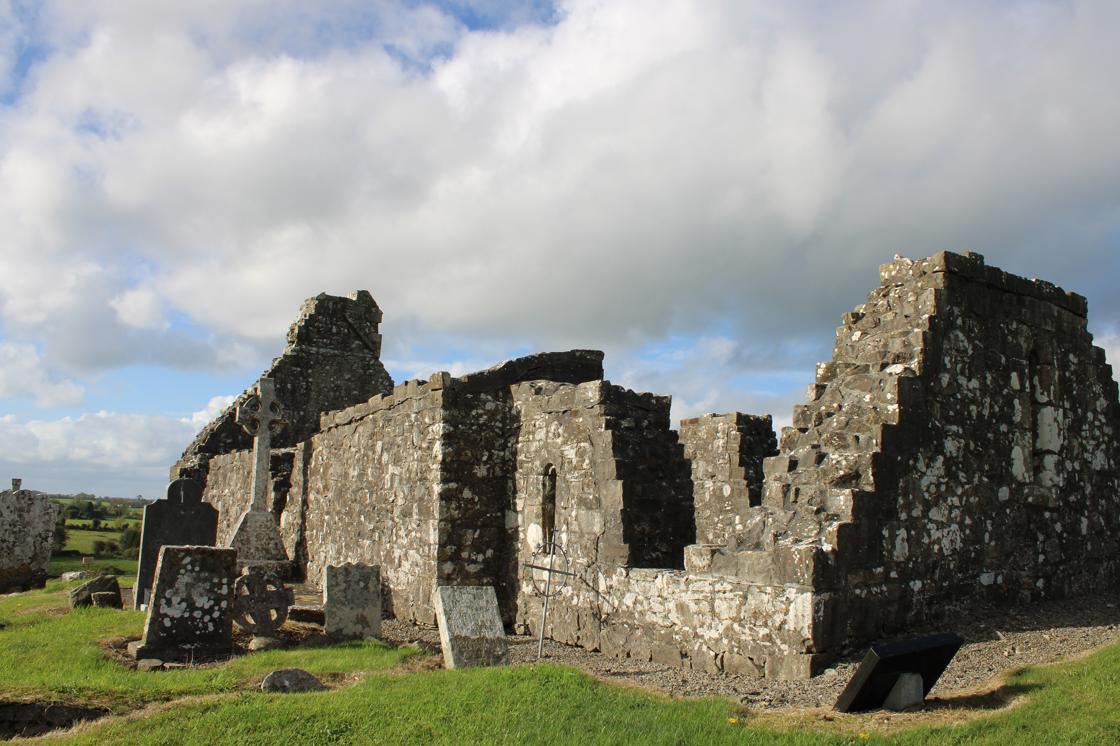
The Cruise family had remained Catholic during the disturbances of the Reformation and Cromwellian periods and this is reflected in the quality of some of the late 17th century tombs in the graveyard. One particularly interesting cross was erected in 1688 but in imitation of the Early Christian High Crosses, such as those at Kells and Monasterboice. The dedication reads '‘Pray for the soulds of Patrick Cruise and Cartherine Dalton, his wife, daughter to William Dalton 1688’.
